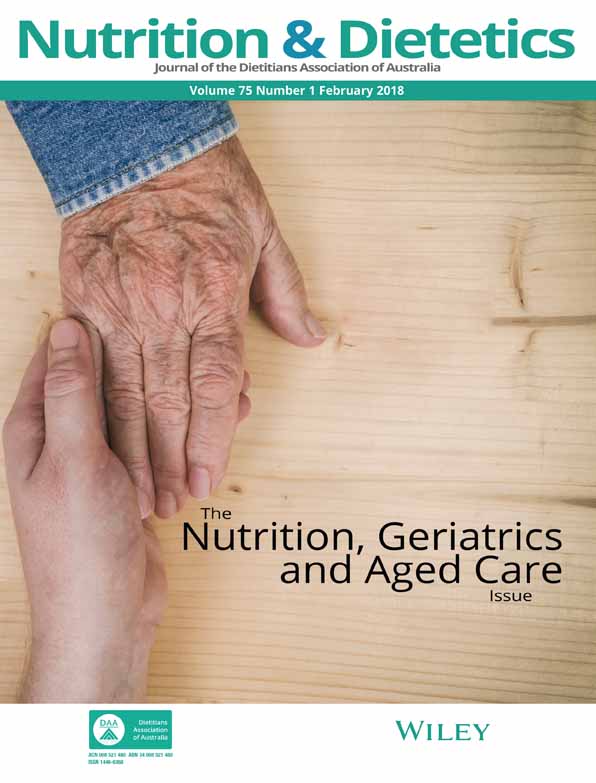Reforming foodservice in elderly care: National actions and local outcomes
M. Skinnars Josefsson, MSc, PhD Student
M. Nydahl, PhD, Professor, RD
I. Persson, PhD, Senior Lecturer
Y. Mattsson Sydner, PhD, Professor
Abstract
Aim
The aim was to explore the outcome, on a local level, of steering, organisation and practices of elderly care foodservice by Swedish municipalities, and changes relative to national actions.
Methods
A survey using a web-based questionnaire about elderly care foodservice targeting all Swedish municipalities (n = 290) was conducted in 2006 and 2013/2014. The questionnaire included the topics: organisation of foodservice, its practice in elderly care and steering devices such as guidelines and policies. Based on the share of a rural population, municipalities were divided into groups: rural (≥50%), urban (<50%) and city (≤20%).
Results
The response rate from municipalities was 80% in 2006 and 56% in 2013/2014; 45% participated in both surveys. The results showed increased use of local food policies (P = 0.03) and meal choice (P < 0.001), while access to clinical/community dietitians declined (P = 0.01) between the surveys. In home-help services, daily delivered cook-serve meals declined (P < 0.001) and chilled meals delivered three times a week increased (P = 0.002) between the surveys. City municipalities used private foodservice organisations the most (P < 0.001), and reported reduced use of cook-serve systems in favour of chilled. In rural municipalities, the use of public providers (98%) and a cook-serve system (94%) were firmly established. Urban municipalities were placed between the other groups.
Conclusions
National actions such as soft governance and benchmarking appear largely to determine local level outcomes. However, conditions for adapting these measures vary between municipality groups. While efficiency enhancing trends were prominent, questions remain whether national actions should be expanded beyond performance to also examine their consequences.
Conflict of interest
The authors have no conflict of interest to declare.




